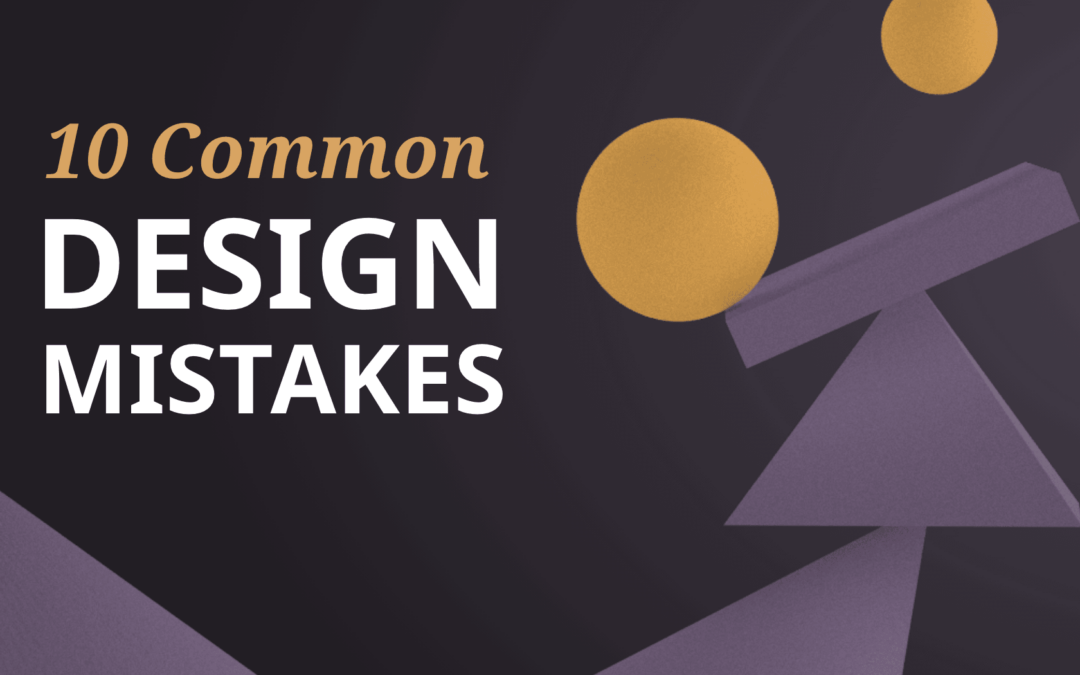Common design mistakes undermine usability and aesthetics. Proactively identify and resolve these prevalent issues for immediate improvement:
Poor Visual Hierarchy
Users struggle when elements compete for attention. Apply clear hierarchy:
- Use scale decisively: Ensure primary actions/titles are significantly larger.
- Contrast intentionally: Use color, weight, and space to guide the eye to key information.
- Group related elements with proximity and whitespace for logical scanning.
Inadequate Spacing and Alignment
Cluttered layouts create cognitive load and feel unprofessional. Implement systematic spacing:

- Establish a baseline grid and spacing scale (e.g., 4px or 8px increments).
- Enforce consistent padding, margins, and gutters throughout the interface.
- Use alignment tools rigorously; avoid arbitrary element placement.
Neglecting Accessibility
Excluding users is both unethical and poor practice. Prioritize inclusivity:
- Ensure sufficient color contrast (minimum AA compliance).
- Provide text alternatives for all non-text content.
- Design focus states and ensure logical keyboard navigation flow.
Inconsistent Styling
Incoherent visuals erode trust and brand identity. Establish and adhere to standards:
- Create and enforce a comprehensive UI style guide.
- Use defined design tokens for colors, typography, radii, and shadows.
- Standardize component states (hover, active, disabled).
Conduct an immediate visual audit against these points. Refining hierarchy, spacing, accessibility, and consistency delivers measurable gains in user experience and brand perception.






